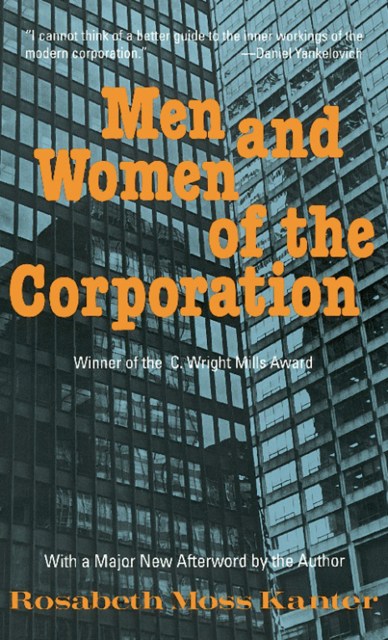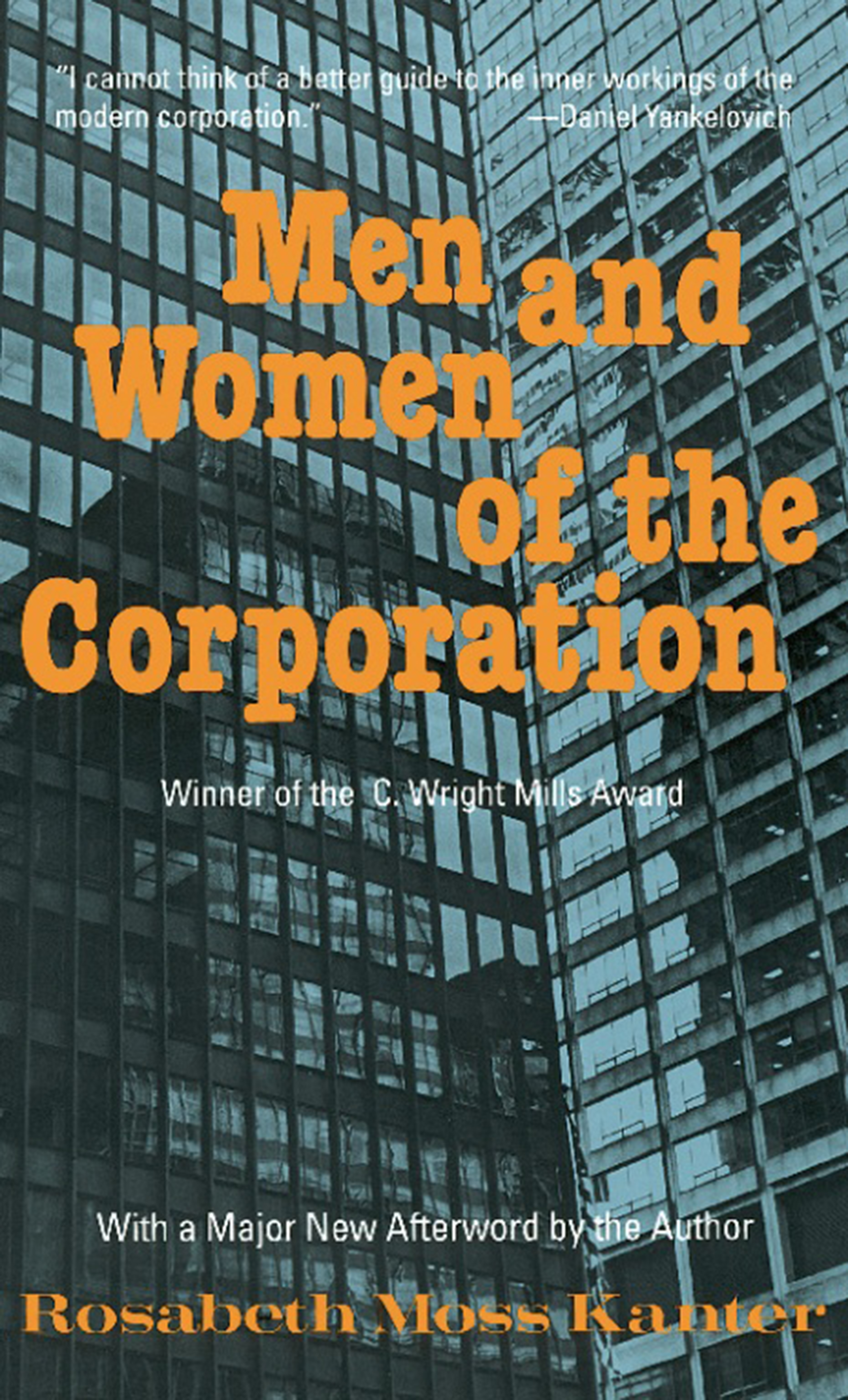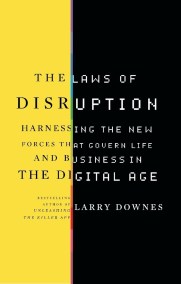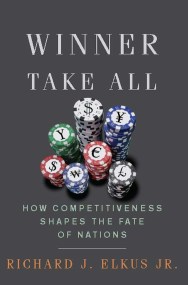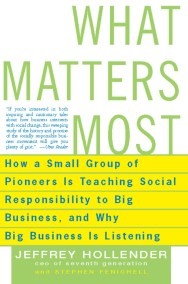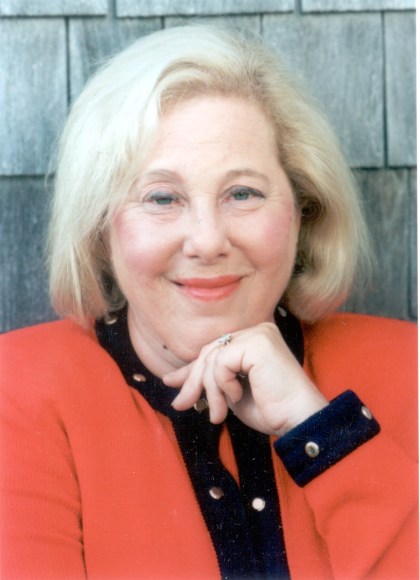Promotion
Use code MOM24 for 20% off site wide + free shipping over $45
Men and Women of the Corporation
New Edition
Contributors
Formats and Prices
Price
$14.99Price
$18.99 CADFormat
Format:
- ebook (New edition) $14.99 $18.99 CAD
- Trade Paperback (New edition) $24.99 $31.99 CAD
This item is a preorder. Your payment method will be charged immediately, and the product is expected to ship on or around August 4, 2008. This date is subject to change due to shipping delays beyond our control.
Also available from:
In this landmark work on corporate power, especially as it relates to women, Rosabeth Moss Kanter, the distinguished Harvard management thinker and consultant, shows how the careers and self-images of the managers, professionals, and executives, and also those of the secretaries, wives of managers, and women looking for a way up, are determined by the distribution of power and powerlessness within the corporation. This new edition of her award-winning book has a major new afterward in which the author reviews and analyzes how attitudes and practices within the corporate power structure have changed in the 1990s.
Genre:
- On Sale
- Aug 4, 2008
- Page Count
- 416 pages
- Publisher
- Basic Books
- ISBN-13
- 9780786723843
Newsletter Signup
By clicking ‘Sign Up,’ I acknowledge that I have read and agree to Hachette Book Group’s Privacy Policy and Terms of Use
